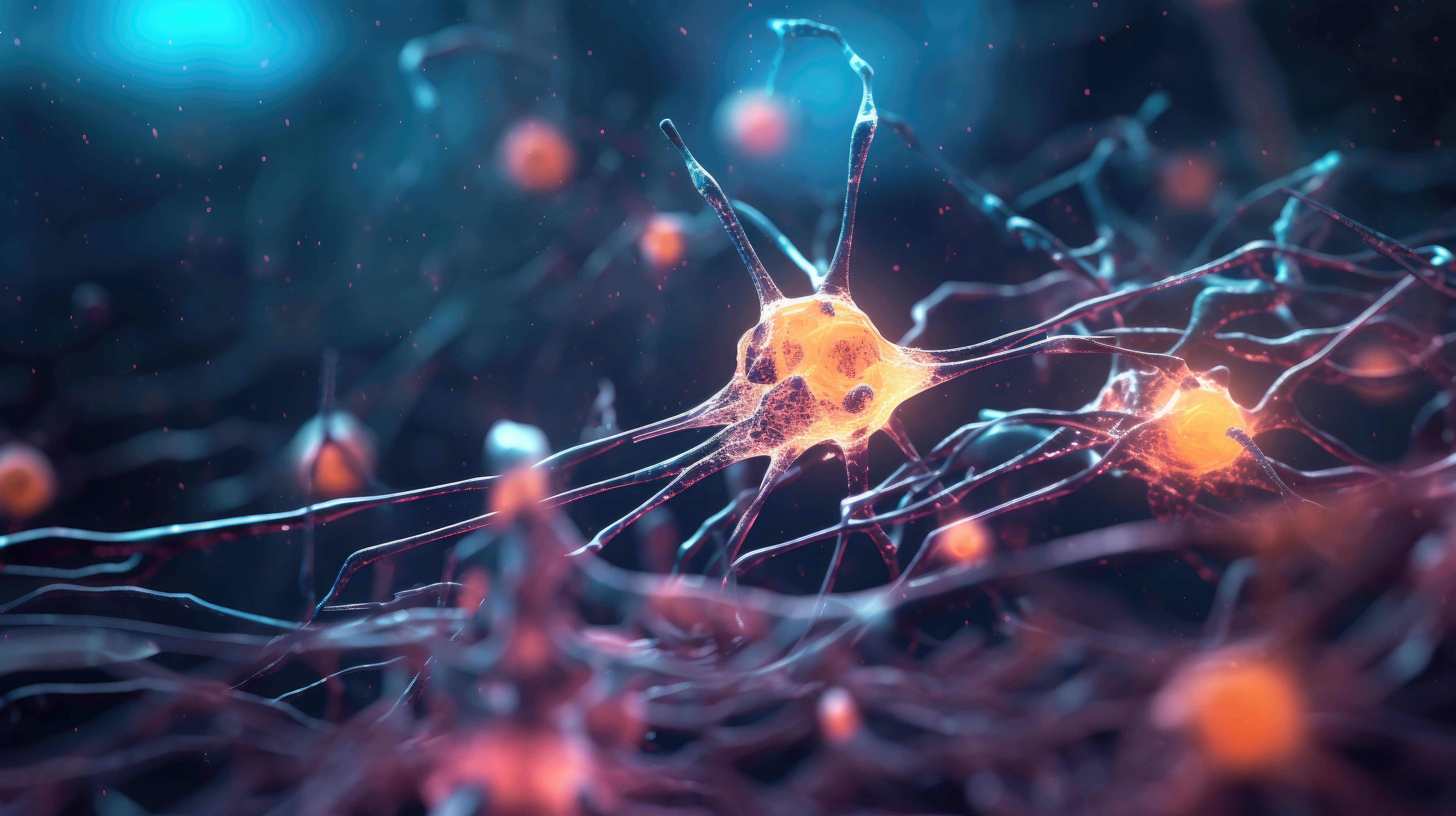What are the advantages of MEA to study in vitro Alzheimer's disease models?

Alzheimer's disease is a progressive neurodegenerative disorder characterized by abnormal protein aggregation, neuronal loss, and chronic neuroinflammation, which ultimately leads to dementia. The study of in vitro neural networks and how they change over time can illuminate the underlying causes and mechanisms and, potentially, lead to the development of novel therapeutics.
Axion’s live-cell assay platforms, like the Maestro microelectrode array (MEA) are uniquely suited to study neurodegeneration like in Alzheimer's disease. Noninvasive measurements preserve the complex structure and communication of neural networks over time. Allowing researchers to observe the progression in vitro.
Understanding mechanisms of disease with in vitro models
New in vitro models are developed each day and the right tools to measure neural function can provide new insights into the mechanisms of disease.
Alzheimer's disease is characterized by:
- β-amyloid plaque accumulation
- Tau-containing neurofibrillary tangles
- Neuroinflammation
- Synaptic dysfunction
- Mitochondrial dysfunction
See how researchers use our tools to identify the underlying causes of Alzheimer's disease.

Studying neural function of in vitro models of Alzheimer’s disease
-
In vitro model of neuroinflammation and Aβ42 oligomers in Alzheimer’s disease>
-
Publication Highlights: Alzheimer's disease >
Purpose: To investigate the impact of amyloid beta 42 (Aβ42) oligomers on neurons and to establish whether peripheral immune cells can protect from synaptic damage. Microglial clearance of Aβ is impaired by chronic neuroinflammation, contributing to cognitive decline in Alzheimer’s disease.

Cortical neuronal cultures were dosed with Aβ42 oligomers and measured using the Maestro MEA platform at 24 and 48 hours.
Result: Maestro MEA data demonstrated Aβ42 oligomers reduced synaptic integrity; whereas, activated, bone-derived macrophages managed to preserve synaptic integrity—findings that mirror phenotypes observed in vivo. [Li et al. 2020].

Publication Highlights: Alzheimer's disease
Review the latest Alzheimer's disease research using Axion’s platforms.
FAQ:
- The Maestro MEA platform offers a controlled environment for studying detailed neural network activity in vitro.
- High-throughput multiwell plates make it ideal for screening patient-specific lines and therapeutics.
- Noninvasive monitoring allows for the study of long-term effects and disease progression.
- It is easy to use, requiring only basic cell culturing techniques to measure neural electrophysiology.
What kind of neural cultures can be measured on the Maestro MEA?
The main requirement is that you have electrically active cells. Primary or stem cell-derived neurons can be used. They may be cocultured with our without glial cells. Neurons can be measured from 2D cultures, organoids or other 3D cultures, and slices.
What kind of metrics can you get from neural activity?
For MEA measures from multiple areas of a culture over time, allowing you to go beyond just the firing of individual neurons and evaluate dynamic network activity and the development of functional phenotypes. Learn more about what you can do with our Neural Module.




